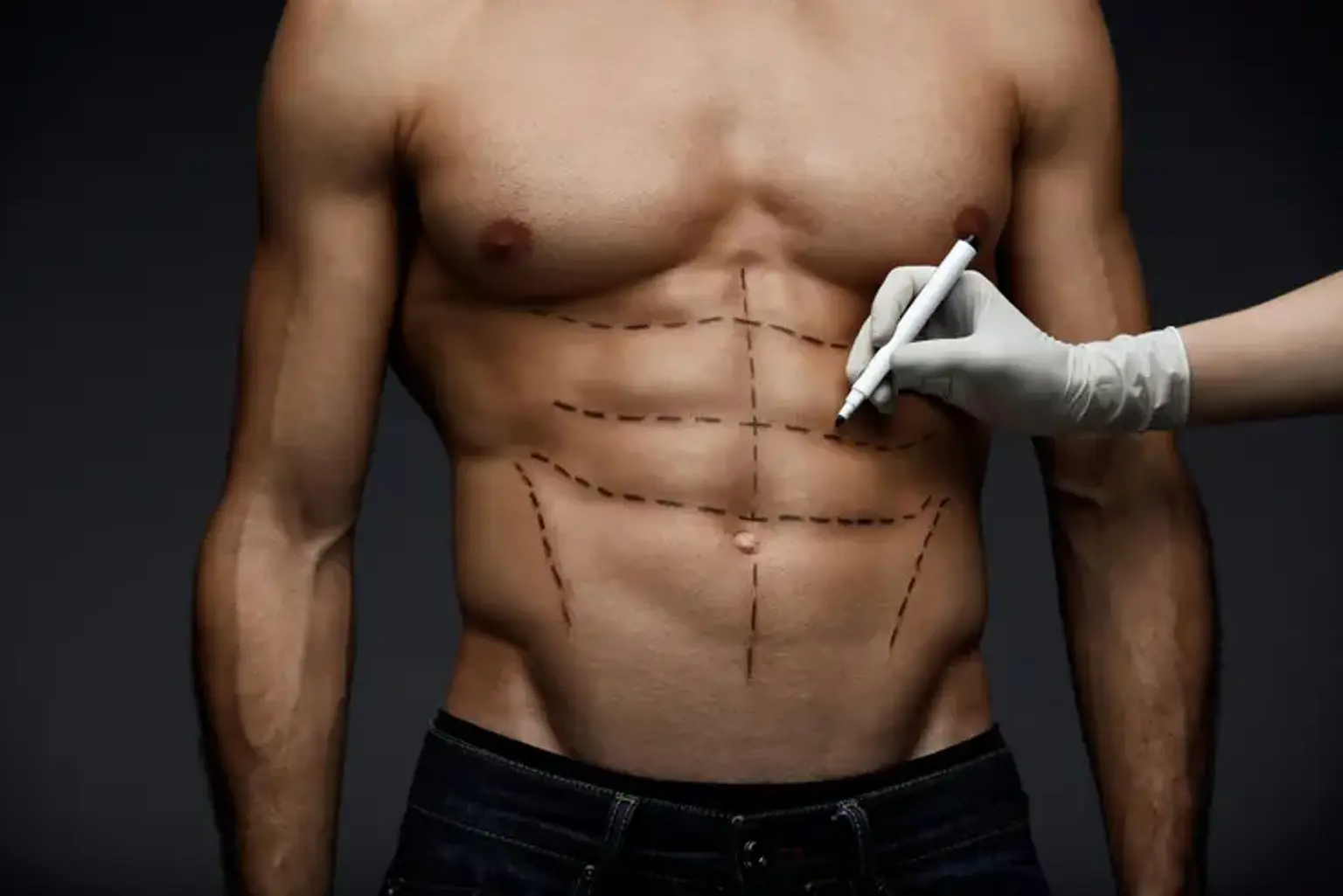Liposuction has emerged as one of the most popular cosmetic procedures worldwide, offering individuals a way to achieve a contoured physique by removing stubborn fat deposits that are resistant to diet and exercise. However, the cost of liposuction varies significantly depending on the country, clinic, and other factors, making it crucial for patients to compare prices across regions. In this article, we’ll explore liposuction costs globally, with a special focus on factors influencing pricing, regional differences, and why certain countries like South Korea are particularly appealing to patients seeking this procedure.
Why Compare Liposuction Prices by Country?
The cost of liposuction can be a determining factor for many patients considering this procedure. It’s not just about finding the lowest price, but also understanding how cost correlates with quality, safety, and overall results. Countries differ in medical standards, surgeon expertise, and even the cost of living—all of which contribute to price variations.
For example, a procedure in South Korea, known for its cutting-edge technology and expert cosmetic surgeons, might cost less than in the United States but offer equal or even superior results. This comparison enables patients to weigh the benefits and drawbacks of undergoing surgery locally or abroad, helping them make informed decisions that align with their financial and aesthetic goals.
Understanding Liposuction Costs
What Influences Liposuction Costs?
Several factors influence the price of liposuction. These include the surgeon’s expertise, the complexity of the procedure, and the number of areas being treated. Advanced techniques like laser-assisted liposuction or VASER liposuction also tend to cost more than traditional methods due to the use of specialized equipment. Additionally, the geographical location of the clinic plays a significant role—procedures performed in countries with a lower cost of living or favorable exchange rates are often more affordable for international patients.
